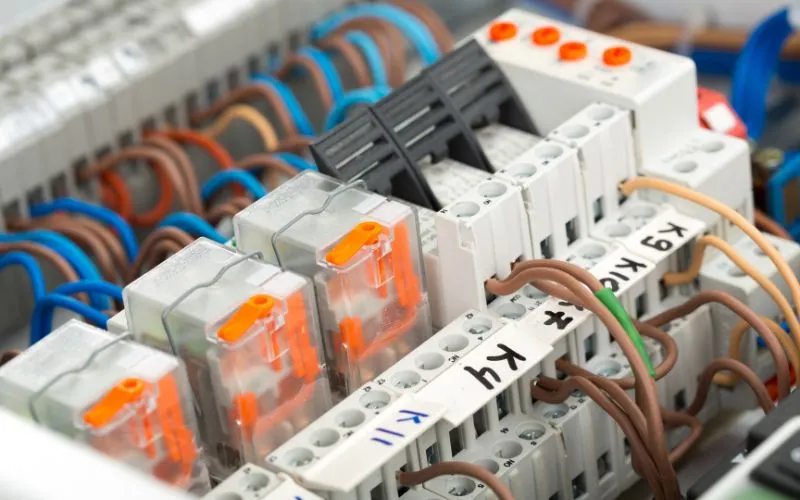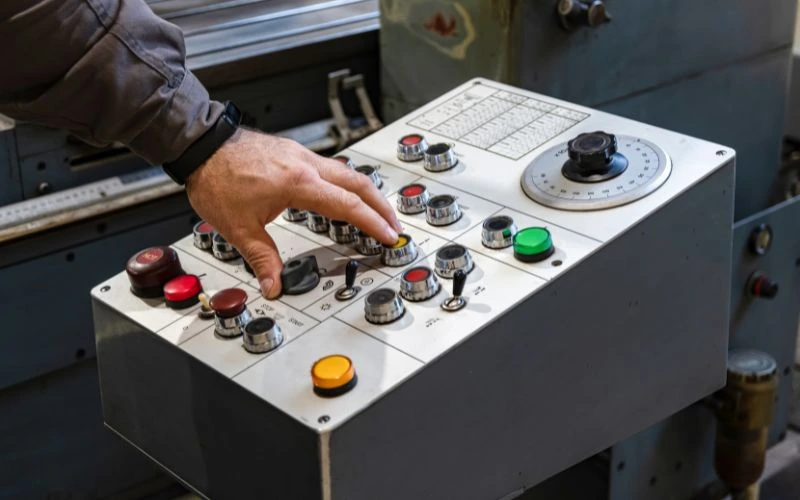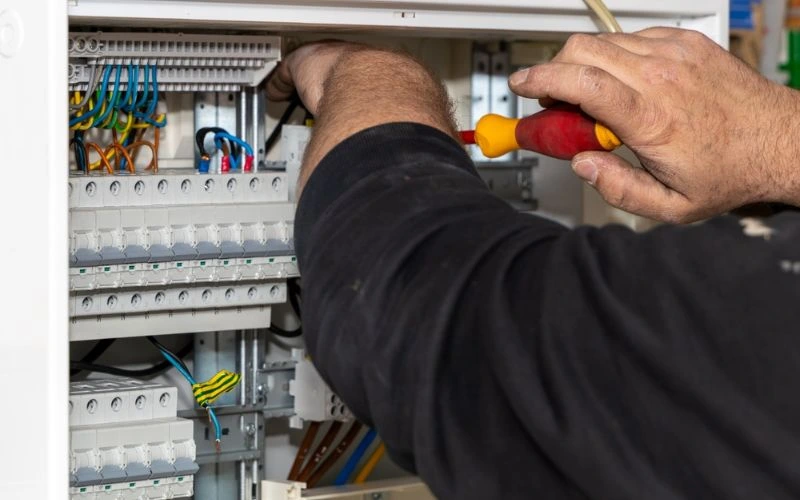
In electronics, a stable and reliable power supply is crucial. Whether you're developing a cutting-edge device or maintaining a critical system, the importance of a regulated power supply cannot be overstated. This comprehensive guide delves into the complex world of regulated power supplies, examining their meaning, operating principles, characteristics, applications, operation, and more. By the end of this article, you will understand why regulated power supplies are essential for the proper functioning of electronic devices.
What is a regulated power supply?
A regulated power supply is an electronic device or circuit that provides a constant, controlled output voltage regardless of fluctuations in input voltage or load conditions. It ensures that the voltage supplied to connected electronic devices remains within a certain range and prevents voltage fluctuations that could cause malfunction or damage.
Regulated power supply working principle

The operating principle of a regulated power supply includes several main components and processes:
- transformer : In most cases, an input transformer is used to reduce the power supply voltage to an appropriate level.
- Correction : The AC voltage is then rectified into DC voltage using diodes, creating a pulsating DC waveform.
- Filter : Capacitors are used to smooth out fluctuations in DC voltage, resulting in a more stable output.
- Voltage Regulation : A voltage regulator, which can be linear or switching, is used to maintain a constant output voltage by adjusting its internal components based on feedback from the output.
Types of regulated power supplies
Regulated power supplies come in various designs, each tailored to specific applications and requirements. Here are some of the most common types:
Linear Regulated Power Supplies
Linear regulated power supplies are known for their simplicity and reliability. They use linear voltage regulators to maintain a constant output voltage. While they are efficient for low to medium power applications, they tend to dissipate excess energy as heat, making them less efficient for high power devices.
Regulated switching power supplies
Switch-regulated power supplies, also known as switching power supplies, are highly efficient and compact. They use switching transistors and inductors to convert the input voltage into a stable output voltage. This type of power supply is ideal for high-performance applications and is commonly used in modern electronic devices.
Regulated Desktop Power Supplies
Benchtop power supplies are versatile laboratory devices that precisely regulate voltage and current. They are commonly used in electronics laboratories for prototyping, testing and research purposes.
Regulated power supply characteristics

Regulated power supplies have several important features that set them apart from others:
- Stable Voltage Output : Regulated power supplies provide a constant voltage output, ensuring safe and reliable operation of electronic devices.
- Protection against voltage fluctuations : They protect connected devices against voltage spikes and fluctuations, thereby preventing damage caused by overvoltage or undervoltage.
- Improved efficiency : Switching power supplies with regulated power supplies, in particular, are highly efficient, minimizing energy waste and reducing operating costs.
- Precise Control : Benchtop power supplies with regulated power supply allow precise control of voltage and current, making them essential tools for electronics professionals and hobbyists alike.
Regulated Power Supply Applications
Regulated power supplies are used in a variety of industries and environments:
- Electronics Manufacturing : They are used in the manufacturing of electronic devices to ensure consistent performance and quality.
- telecommunications : Regulated power supplies are essential for maintaining network infrastructure and ensuring uninterrupted communications.
- Medical equipment : Medical devices rely on a regulated power supply to obtain accurate and reliable results.
- Automotive industry : Regulated power supplies are used in vehicle electronics to ensure safety and functionality.
Operation of a regulated power supply
The regulated operation of the power supply maintains a constant output voltage, even when the input voltage or load conditions change. This is achieved through the feedback mechanism in the voltage regulator. The regulator continuously monitors the output voltage and adjusts its internal components to compensate for deviations and ensure that the output voltage remains within the specified range.
Advantages of regulated power supplies

Regulated power supplies offer a variety of advantages that make them indispensable in diverse industries and applications:
- Stable Voltage Output : Regulated power supplies provide a constant voltage output, ensuring safe and reliable operation of electronic devices.
- Protection against voltage fluctuations : They protect connected devices against voltage spikes and fluctuations and thus prevent damage caused by over or under voltage.
- Improved efficiency : Switching power supplies with regulated power supplies, in particular, are highly efficient, minimizing energy waste and reducing operating costs.
- Precise Control : Benchtop power supplies with regulated power supply allow precise control of voltage and current, making them essential tools for electronics professionals and hobbyists alike.
Conclusion
Regulated power supplies are the unsung heroes of electronics. They provide the stability and control that modern devices need to function properly. Whether you are an experienced electronics engineer or a hobbyist, it is important to understand the meaning, operating principles, types, characteristics, applications, benefits, and functionality of regulated power supplies. With this knowledge, you can ensure the longevity and reliability of your electronic creations and innovations.
Common questions
Why is a regulated power supply important in electronics?
A regulated power supply is crucial in electronics as it ensures stable, controlled voltage output and protects electronic devices from damage caused by voltage fluctuations. It also contributes to the reliability and performance of electronic systems.
What is the difference between linear and switched-mode regulated power supplies?
Linear regulated power supplies use linear voltage regulators and are simple but less efficient. They are suitable for low to medium power applications. Switch-regulated power supplies, on the other hand, are highly efficient and compact, making them ideal for high-power applications.
How do I choose the right regulated power supply for my project?
To choose the right regulated power supply, consider your project's power, voltage and current requirements, efficiency, and budget. Consult a professional for advice or read the manufacturer's specifications.
Are there any disadvantages to using regulated power supplies?
Although regulated power supplies offer numerous advantages, they have limitations. A common disadvantage is their cost, as high-quality regulated power supplies can be relatively expensive. Additionally, linear regulators can generate significant heat, making them less efficient for high-power applications, and switching regulators can cause electromagnetic interference (EMI), requiring additional filtering. It's important to carefully consider your needs and budget to determine whether a regulated power supply is the right choice for your project.

